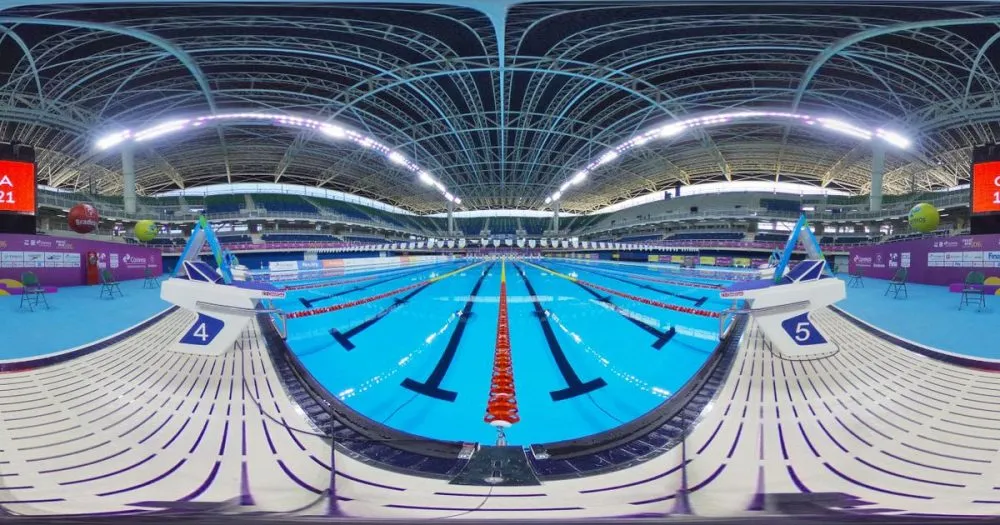Most of the 360 videos you see today are shot by professionals with a tripod firmly in place, but that’s going to change as cameras continue to become consumer viable.
Amateur panoramic footage isn’t going to be as pristine as the content we’re used to seeing now, which would make for messy and uncomfortable viewing, especially within a VR headset. When it comes to traditional video, there’s plenty of software that helps to lessen these issues, so why shouldn’t there be the same for 360 footage? Fortunately, Oculus owner Facebook is looking to combat the dreaded shaky cam in VR with a new algorithm it’s currently working on.
Facebook research scientist Johannes Kopf revealed work on the algorithm in a new blog post over on the company’s tech portal. He goes into much greater detail than many of us will need to hear, but you can see the effects of the team’s work in the video included. A walk through a crowded market is at first hampered by the cameraman’s own movement, but with the stabilization added it much more closely resembles simply floating through the scene. Later the clip cuts to some sports action on a bike, which gives you a much better idea of how useful this work could be.
The social networking giant calls the method used to stabilize its videos “deformed-rotation”. It’s described as a hybrid 3D-2D technique that optimizes a video’s parameters to make it as smooth as possible. According to the company, it should also give content creators the option to more easily speed up and edit videos. Again, if you want to know exactly how it’s pulling it all off then we recommend taking a look at the lengthy blog post that spares no detail.
The algorithm is only just starting to be tested by Facebook itself, so don’t expect to see it released for a little while yet. When it does launch, it’ll roll out across both Facebook’s own 360 content and the Oculus platform, which will hopefully mean videos releasing across both the Rift and Gear VR will be able to utilize it. Sorry, YouTube.
That’s one issue with 360 video almost solved. Now if we could just nail widespread 3D and parallax support, we’ll be set.






























